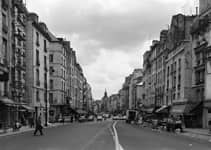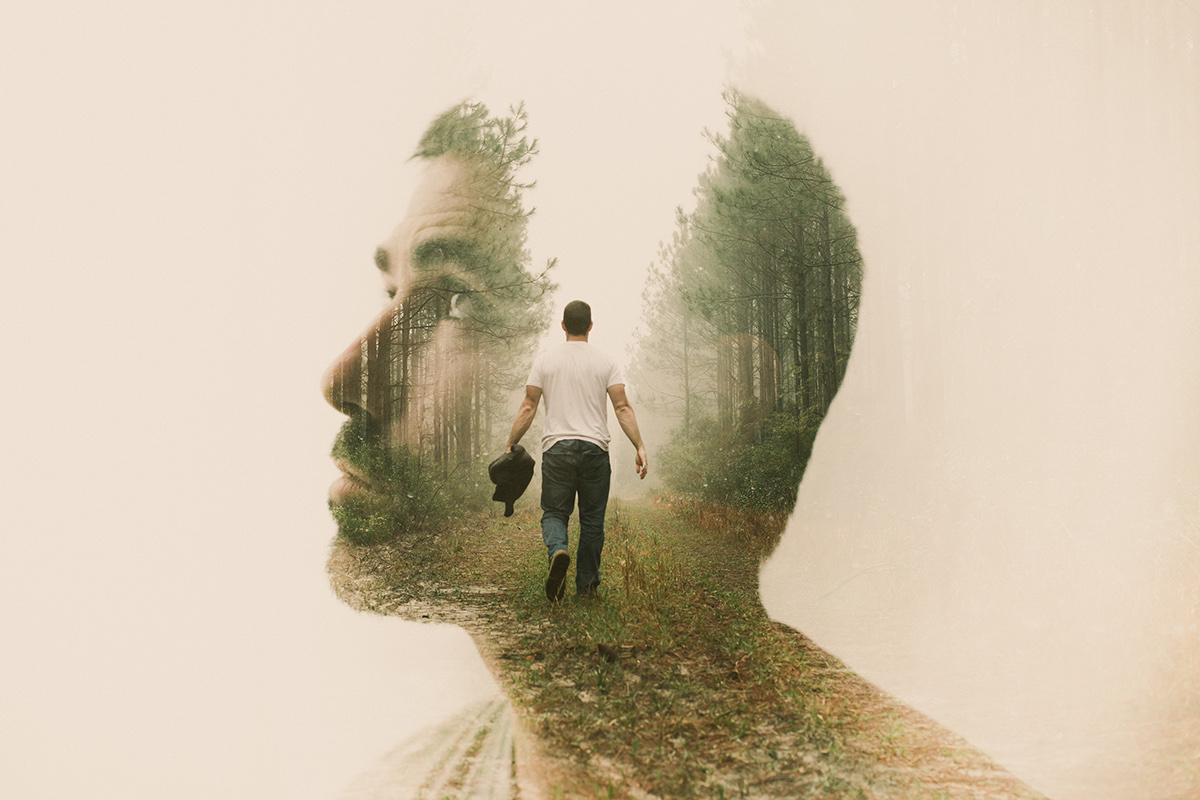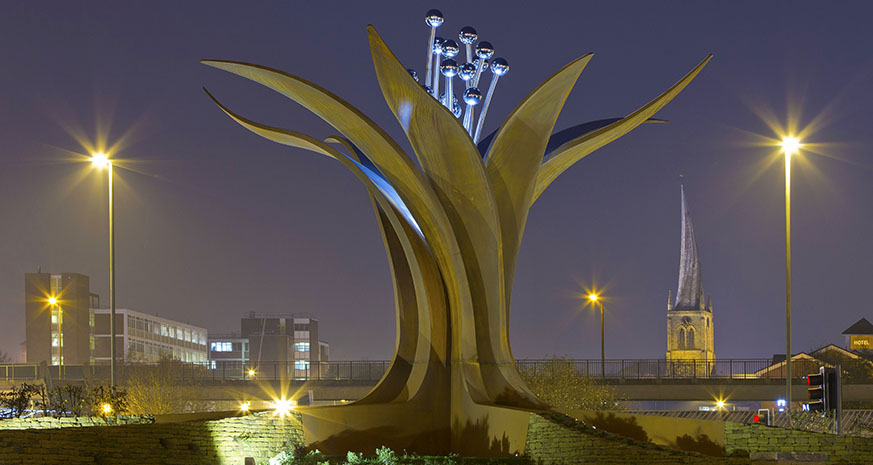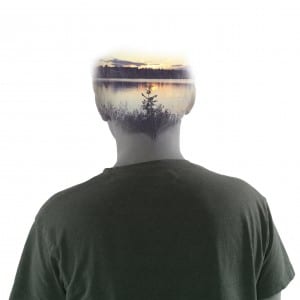For the fourth and final brief in this Photography module, we were tasked with creating a series of six images based on our own subjective reading of the word ‘home’. Before I started looking into different photographers for creative inspiration I wanted to define what Home means to me personally.
I looked into my hometown’s history for some insight of the place I call home. I was born in Chesterfield Royal hospital in 1997 and it is the main place I’ve ever lived since moving to Lincoln for University a couple of months ago so my first thought of home is of that. Chesterfield has a number of iconic landmarks that are unique to it such as the Crooked Spire the symbol of Chesterfield.

Another landmark that comes to mind is Bolsover Castle and the town of Bolsover itself has it where the vast majority of my immediate family live and was the first town I lived in when I was born. On the street where my first home is there this water tower and a small corner shop at the base. I distinctly remember my Granddad giving my older brother and sister and me a pound each so we can go buy chocolate from the shop if we were good for our parents. I also always remember seeing Bolsover Castle perch on top of the hills has this ever-present figure looking over the residence of Bolsover.


There a plenty more of these landmarks that come to mind when I envision Home and I wanted to work them into my Home project so I looked into photography that documents landmarks. During my time researching this type of photography I came across the photographer Thomas Struth, a German photographer who is best known for his museum photographs. His series “Unconscious Places” really caught my eye for its approach of showing different cities. After looking at his website I came across this excerpt which describes the series and it purpose.

“Through 1979, he continued to photograph the streets in Düsseldorf and also for the first time in other European cities including Cologne, Munich, Brussels, Charleroi and Paris. After the concentrated experience of working in different parts of New York City, the process of identifying locations which expressed most clearly the nature of the city became more precise. Struth now worked with greater precision and economy. He spent more time looking for the single location which could “summarise a city” and made comparatively few photographs in each city—no more than five in Charleroi, for example, or ten in Munich.” – Struth, T
What makes this series unique to me is the way each city is shown in these photographs in a new way that hasn’t seen before. The Paris photo being a prime example has other photographs have the Eiffel Tower in the picture to act a sign of what the location is, however, with Struth’s photo it shows Paris as any other city removing the magic and romanticism that is commonly associated with it. This way of looking at Paris is only reserved to those who truly live there and experience the real Paris. I want to emulate this view in my photographs in some capacity perhaps by interacting sights that only the residence of Chesterfield will know or even only places I would know. I appropriate images of these landmarks due to not be able to go back home to take the photos myself. I will use the skills I gain from the first brief to reconstruct the images into something new with a different meaning I now to look into how to use these photo in another form.
While researching different photographers who have done series related to home and I came across the series More Wisdom for my Children (Lifelong work in progress) by Brandon Kidwell.

The technique Kidwell used for this series is layering different images of people’s portraitures and nature to create a double exposure effect. I like this effect as it creates some very interesting shapes with the human silhouette and nature creating a high art picture in a minimal setup. Kidwell entitles each photo in this series with a piece advice he would give to his children using the image to visually represent the phrase. In the example above the photo is called “Look to others for guidance, look within to find our truths.” and that is shown with the man looking up as if he look at someone and another image of a man walking down a forest trail in contained within. I experimented with this style with some photo of myself and an old photo of a nearby lake that I often visit in Chesterfield called Poolsbrook.
I found this image to not capture the vision I had in my mind and doesn’t quite have the same interesting effect like Kidwell’s photos so I decided to look into more of double exposure and I found Francesco Paleari’s Millian double exposure photos

I found this style of fusing the person’s face to the building very interesting in terms of the shapes it produces along with the black and white which highlights the details both in the building and the face. I take away the message with this landmark being one with this woman’s face is the sense of this building is a part of her identity has an individual, an idea that would match my original idea of using landmarks of my hometown to show my view of what I consider home and how it has impacted my identity. According to the Sarah Williams who wrote “He aimed to capture “Milan in the profiles of the people who live it every day” and that’s exactly what he did.”. This idea of the profiles of who live it is very similar to Struth’s philosophy of capturing a location from the perspective of those who truly live there. Following this motif, I pulled landmarks from not only my hometown but from locations that hold certain memories to me. One of these places is Thor’s Cave in the Peak District where my dad and I would go hiking on the weekends when I was younger. I used this photo of Thor’s Cave on the photo of me looking over my shoulder has the opening of the cave looks like the shape of the human head from the side and by overlaying these together like this I wanted to give the viewer an insight to not only the location itself but a window of sorts into my memories which I think it achieved with this image.
Another experiment element I wanted to work on in this project is the balance between the city and nature especially since while I was growing up I spent equal time in the town of Chesterfield either in the marketplace on the weekends and in the nature surrounding it such has the previously mentioned Poolsbrook Park and the trails where I used to walk my dog on my days off. When thinking of how I can portray this I remember of a sculpture placed in an infamous roundabout in Chesterfield.

This sculpture was possible due to funding from the from Barratt Homes and the European Regional Development Fund and it has always reminded me of a tree before blooming its leaves. I thought drawing a parallel between this and a real tree would be perfect to show the balance between the city and nature in Chesterfield that I grew up around. In the photo, I had the sculpture’s branches on the top half to resemble horns on Stag or some form of a tree that is growing inside my mind which the viewer could interpret as the mind growing and maturing over time but that growth stems from the person’s home like in this case of Chesterfield. I placed a real tree on the bottom half of the picture to provide some visual balance in the image and to give the viewer some visual link between nature and the man-made sculpture.
Following my research and execution of the images, I believe that I have encoded multiple meaning and ways to interpret the images take on the concept of “Home” through how they read the images. The final images can be seen here.
Bibliography
Kidwell, B. (2015). More Wisdom for my Children (Lifelong work in progress). Available: https://www.behance.net/gallery/25045243/More-Wisdom-for-my-Children-(Lifelong-work-in-progress). Last accessed 21/03/17.
Struth, T. (2012). Unconscious Places 1. Available: http://www.thomasstruth32.com/smallsize/photographs/unconscious_places_1/index.html. Last accessed 19/03/17.
Williams, S. (2014). Seamless Double Exposures of Milan’s Architecture and People. Available: https://fstoppers.com/portraits/seamless-double-exposures-milans-architecture-and-people-8281. Last accessed 21/03/17.
